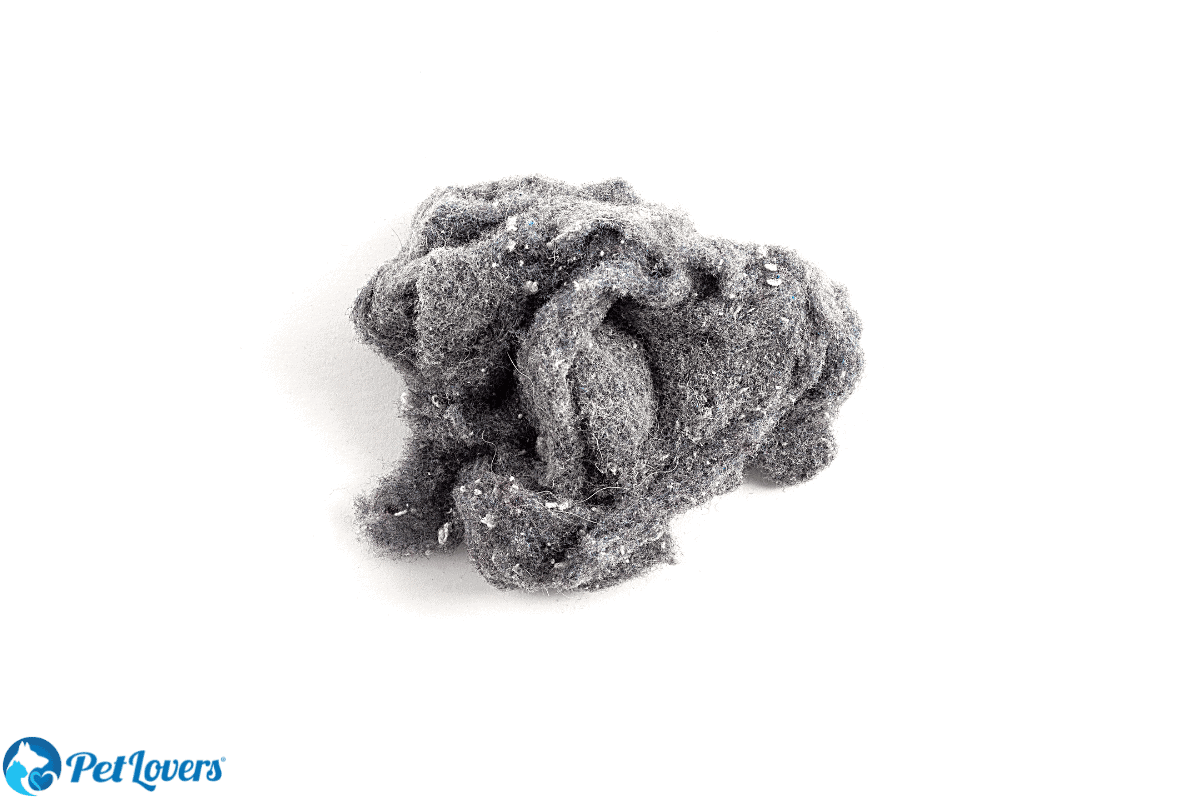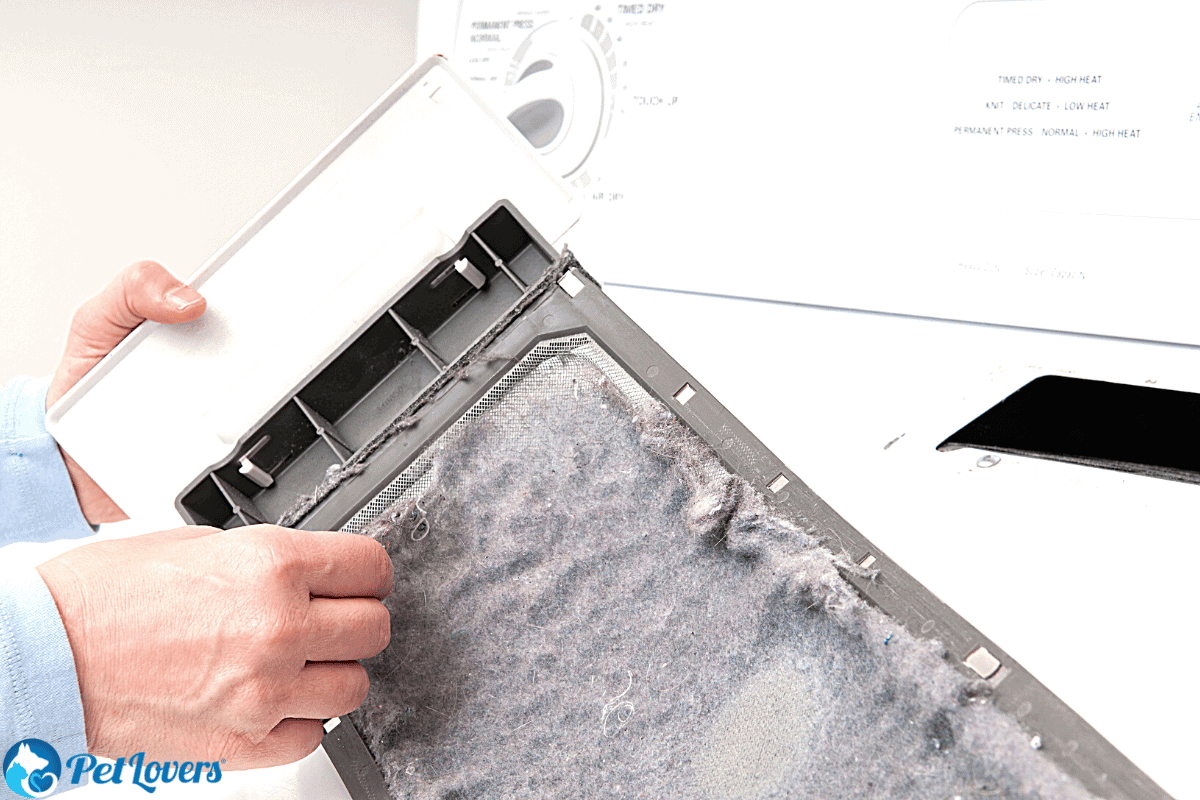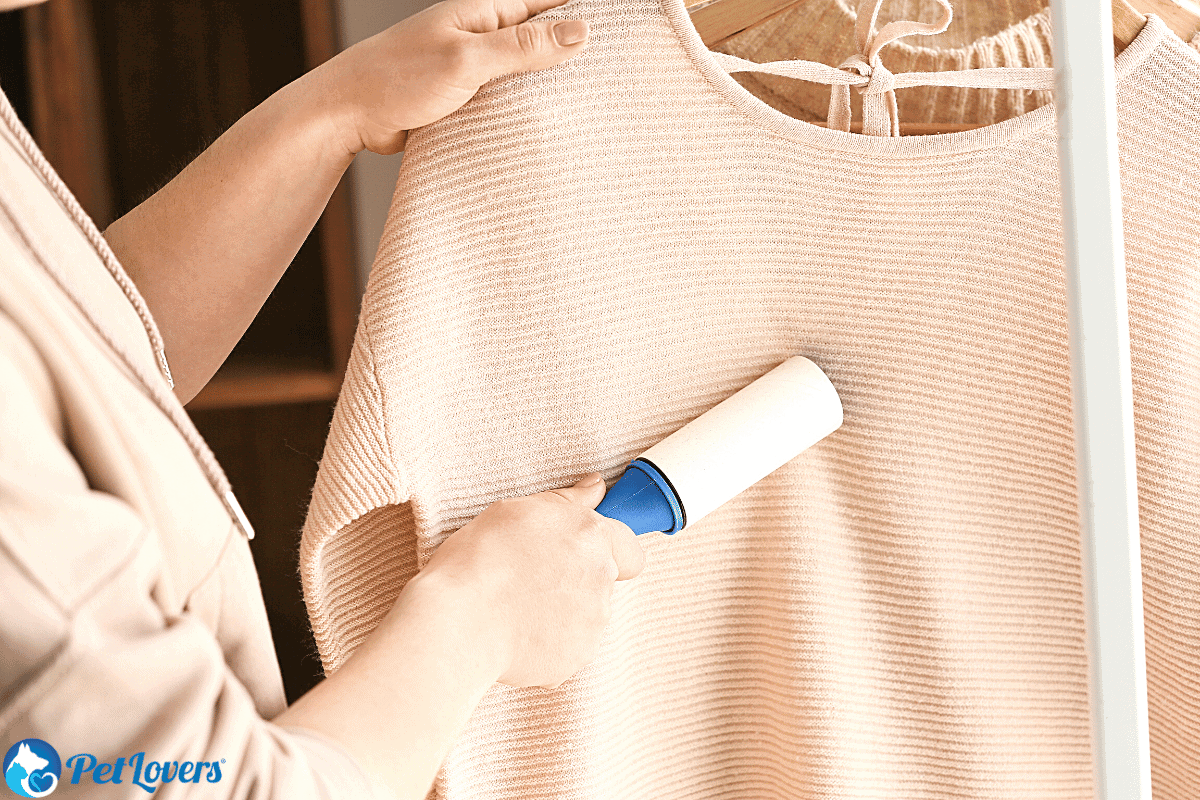Types Of Dog Brushes
Grooming your dog regularly helps minimize shedding, control where that loose hair falls, and improve the health of your dog’s

Those of you who like to keep a clean home will know only too well how problematic lint can be. Lint is the fluffy stuff you find in pockets, the fuzz that gathers in your drier, and the bobbles that gather on the surface of your clothing. As if this wasn’t enough, more lint can also be found inside your belly button or on your skin, but what exactly is it? Knowing what lint is and where it comes from can help you to avoid it altogether, so let’s elaborate.
Table of Contents
Lint comes from clothing fabric, yet forms in several ways. Most commonly lint comes from woolens, yet various types of fibers can produce it. Lint found on clothes or in tumble dryers is a collection of clothing fabrics that have attracted to each other and formed small balls.
Now that we know what lint is, where exactly does it all come from? Lint does come from clothing fabric, yet forms in several ways. Most often is formed by friction from clothing rubbing against each other, such as in the washing machine.
Wearing clothes is also a common way for fabrics to come away from a piece of clothing. As we wear clothes, friction is created between them and our bodies, resulting in small bobbles attaching to our skin. This is how people end up with lint in their belly button.

Allowing lint to build up over time can present several issues, some with catastrophic consequences. As per the U.S. Fire Administration, failing to clean lint from your own dryer is the number one cause of fires in the home. As you can imagine, it is not a good idea to allow the lint trap to get full.
Given the scale of this risk, conventional wisdom would suggest that you empty the lint trap every week. Such is the composition of most lint, with numerous threads of flammable fabric materials, it can combust very quickly.
With the reduced airflow and the heat of dryers, combined with dry, flammable natural fibers, you can see how easily the whole thing could catch fire. If you fail to empty the dryer lint can pose a very real danger, but there are other, less extreme reasons why you should avoid lint build-up elsewhere.
Take your clothing as an example, bobbles on your best outfits can make them look old and unkept. Additionally, any lint hanging from body hair doesn’t look very attractive.
The dryer trap will also fill up with pet hairs and possibly even where socks disappear to. You’ll be surprised at just how quickly it can get clogged. If you don’t clean the trap, then subsequent loads can easily get covered in lint.
These are just some of the reasons you’ll need to focus on removing lint from the trap. Lint can get just about everywhere if you let it, on your clothing, in the dryer trap, and on your skin.
Lint often needs one type of fabric to produce the cloth fibers, and another to attract them, sticking together like velcro. Fibers that most commonly attract clothing fibers are:
Now let’s take a look at the types of clothing that most commonly shed fibers that create lint.
When any fiber that sheds lint is combined with those that attract it, you have the perfect recipe for the creation of little balls of fluff.
Knowing the difference between these fabrics is imperative so that you can separate them before washing. In doing this you can minimize the amount of lint that finds its way into your dryer.
Washing machines and dryers are only able to grab the lint that comes off your clothing, but what about those little bobbles that remain? More often than not these are the result of small fibers being pulled away from the item of clothing, without being removed entirely.
When these clothes are placed in the washer, loose fibers attach to the garments. Occasionally they also twist around themselves, creating that bobble effect.

As we have mentioned, splitting up your washing load is critical to avoiding the buildup of lint on multiple items of clothing. This will not guarantee that you avoid lint issues, but it can certainly help you in minimizing the amount that gathers.
Another great tip for reducing the amount of lint on clothing is to use a simple tool like a lint roller. These rollers are designed to remove the bobbles that mount up on the surface, leaving the rest of the item intact.
A lint roller is easy to find, low-cost, and functions very well. Try to get into the practice of using the roller whenever you see lint appear on your garments. This will improve how your clothes look and also prevent lint from gathering in the dryer or on other clothes.
For pet owners looking to remove hair from their garments, consider a pet hair lint roller. These tools are made to be extra sticky so that they can grab those stubborn hairs and remove other debris most efficiently.
When you purchase a lint roller, look to grab a couple so that you always have one handy. They are light and portable so you could even travel with one for business or when you go on vacation.
Lint can be a real nuisance if you don’t deal with it quickly. As we have touched on, it can also be very dangerous. Although you may not be able to stop lint from collecting in the first place, there is plenty that you can do, that will minimize the volume of lint.
The key is to get into the habit of tackling any lint as, and when you see it. Additionally, you should ensure that you clear out the lint trap in your dryer on a fortnightly basis. If you do this, you can keep your clothing looking great and your home free from risk.
 PetLovers
PetLovers
Grooming your dog regularly helps minimize shedding, control where that loose hair falls, and improve the health of your dog’s
Have you begun to notice a little more cat fur around the home than you are used to? Most cat
A slicker brush is one of the most essential tools in your dog grooming arsenal. This product can do it
TO GET 15% OFF ON ALL YOUR PURCHASES